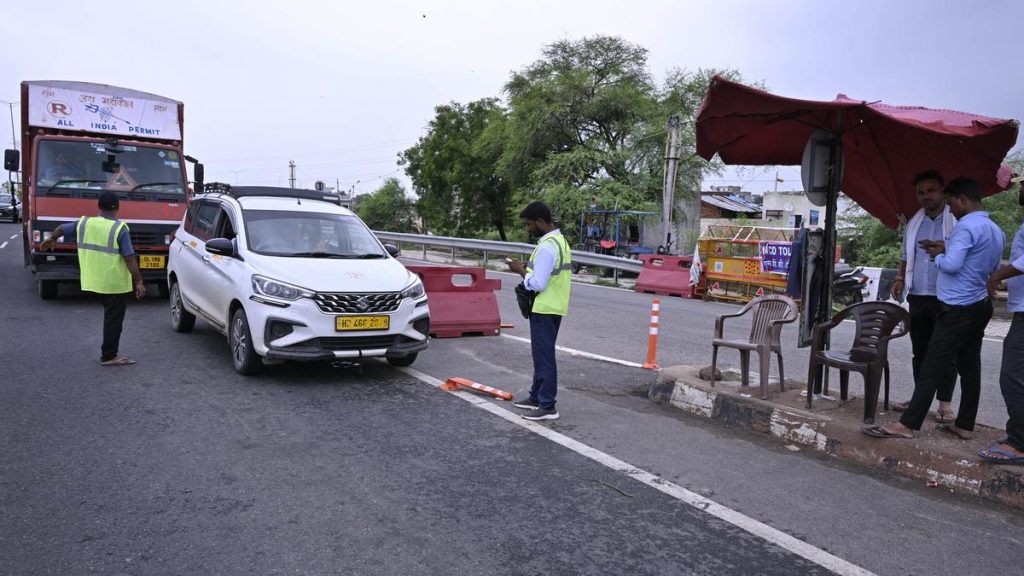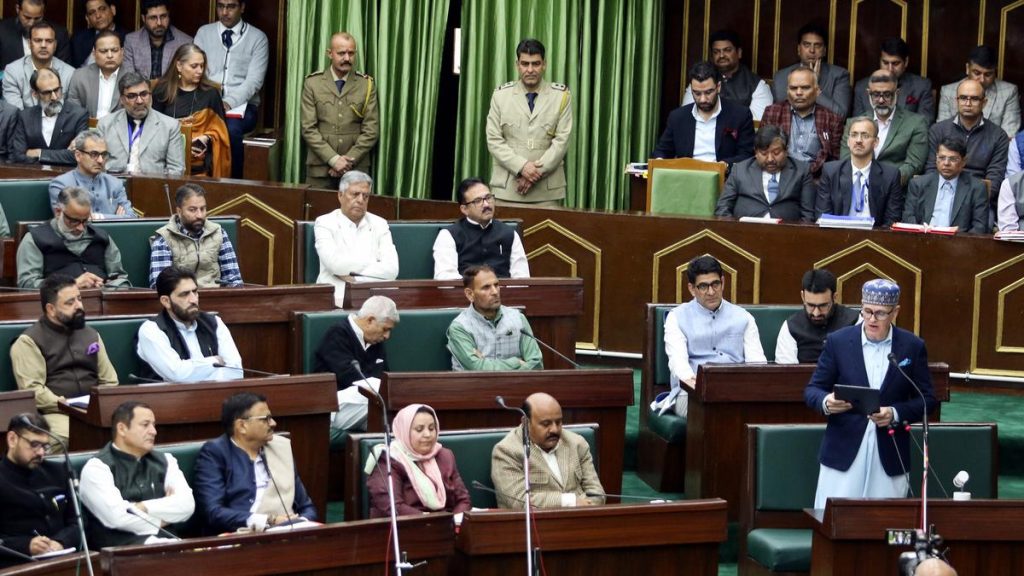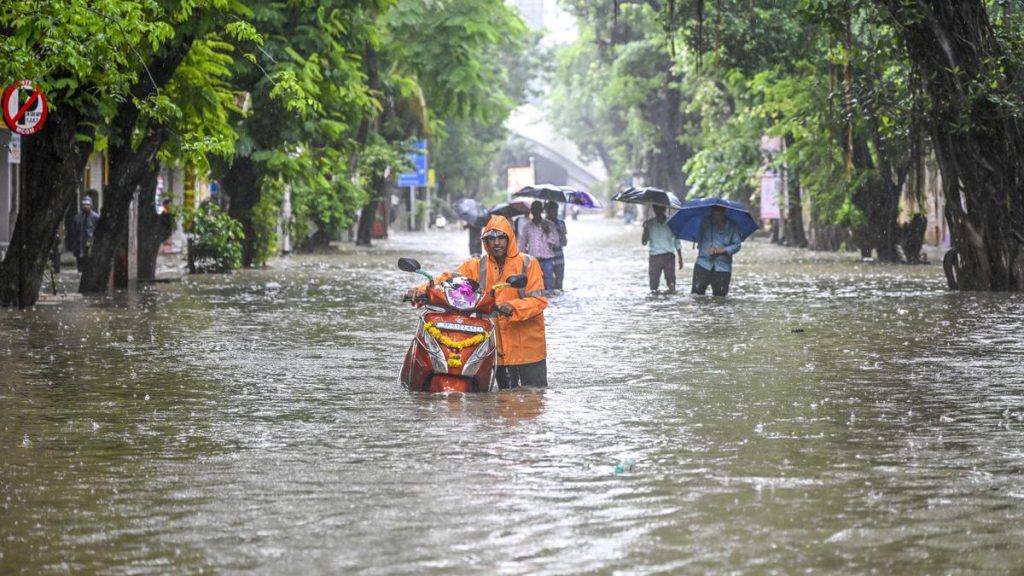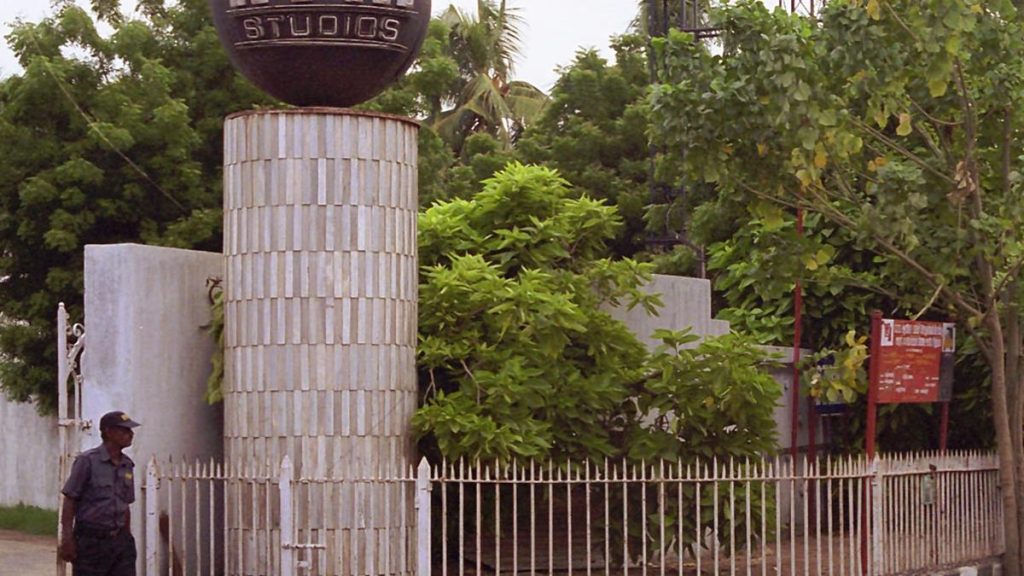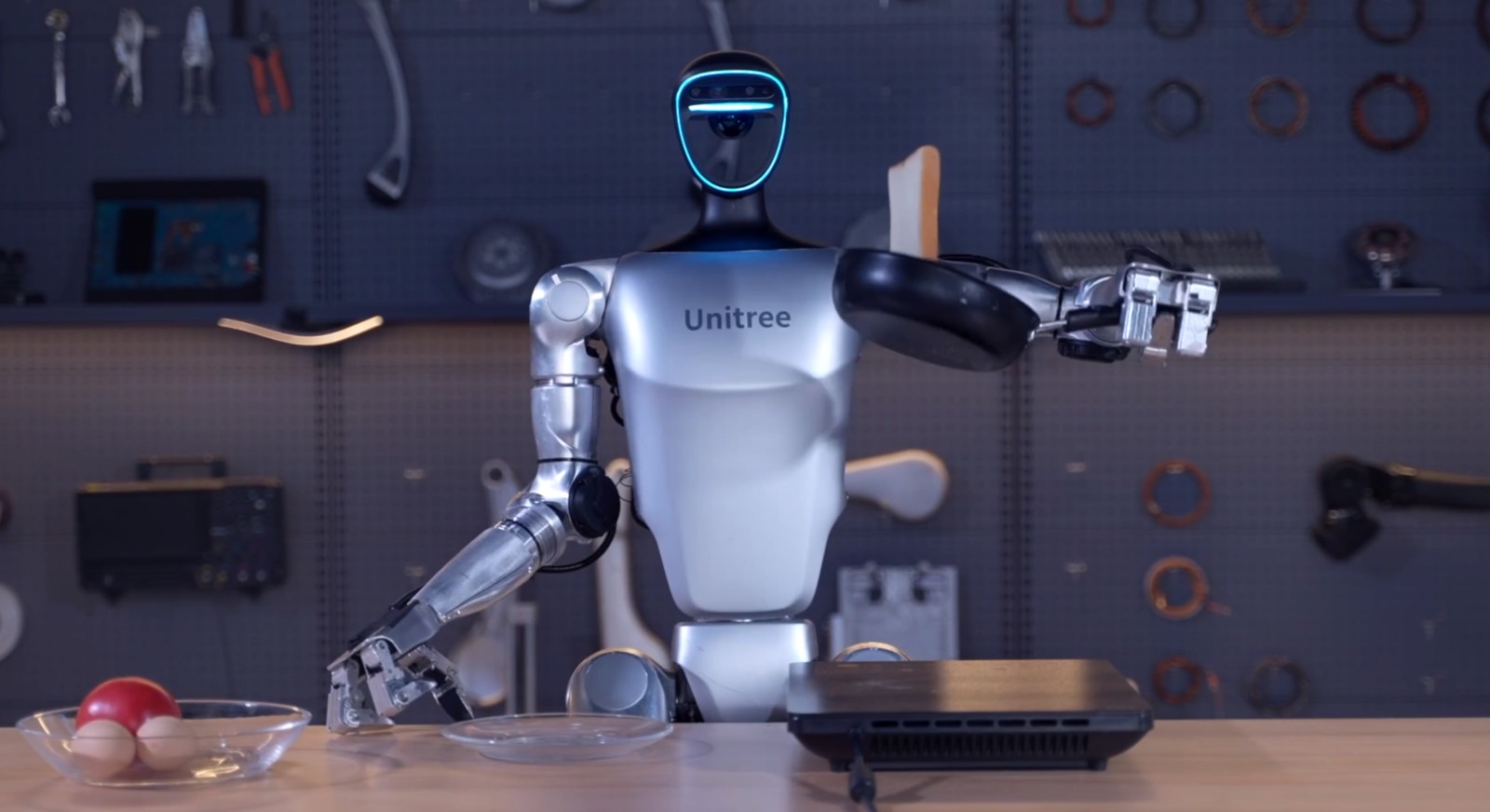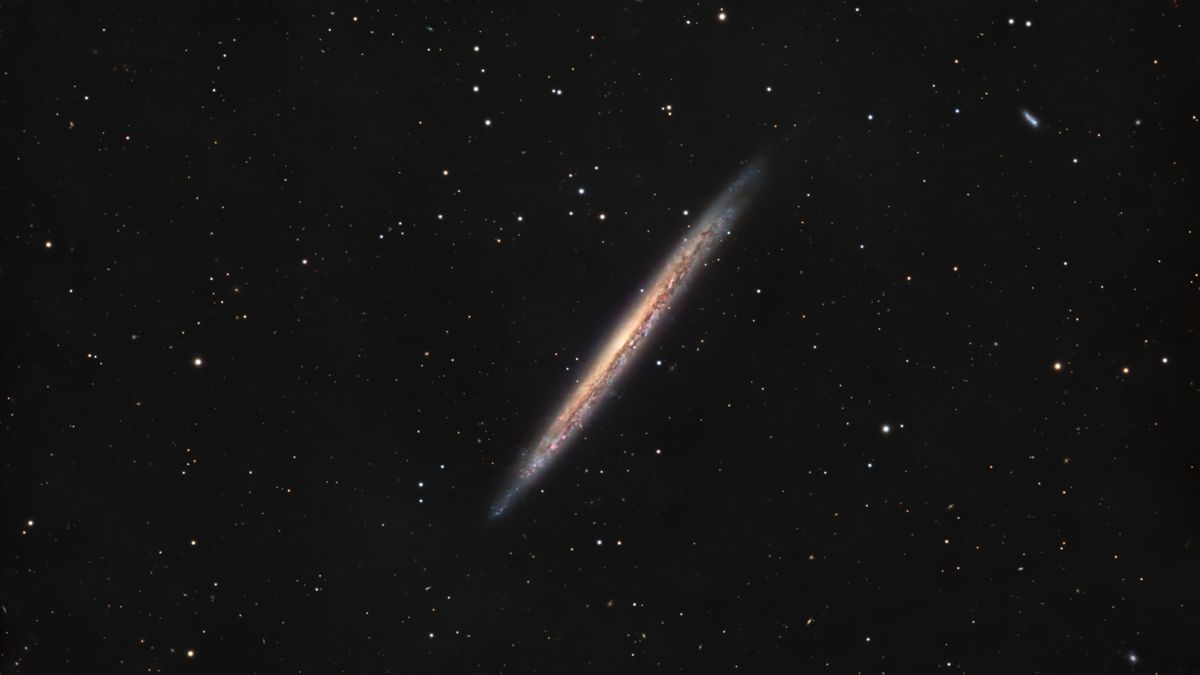Now Reading: Astronomers Simulate Star’s Demise in Black Hole Encounter
-
01
Astronomers Simulate Star’s Demise in Black Hole Encounter
Astronomers Simulate Star’s Demise in Black Hole Encounter
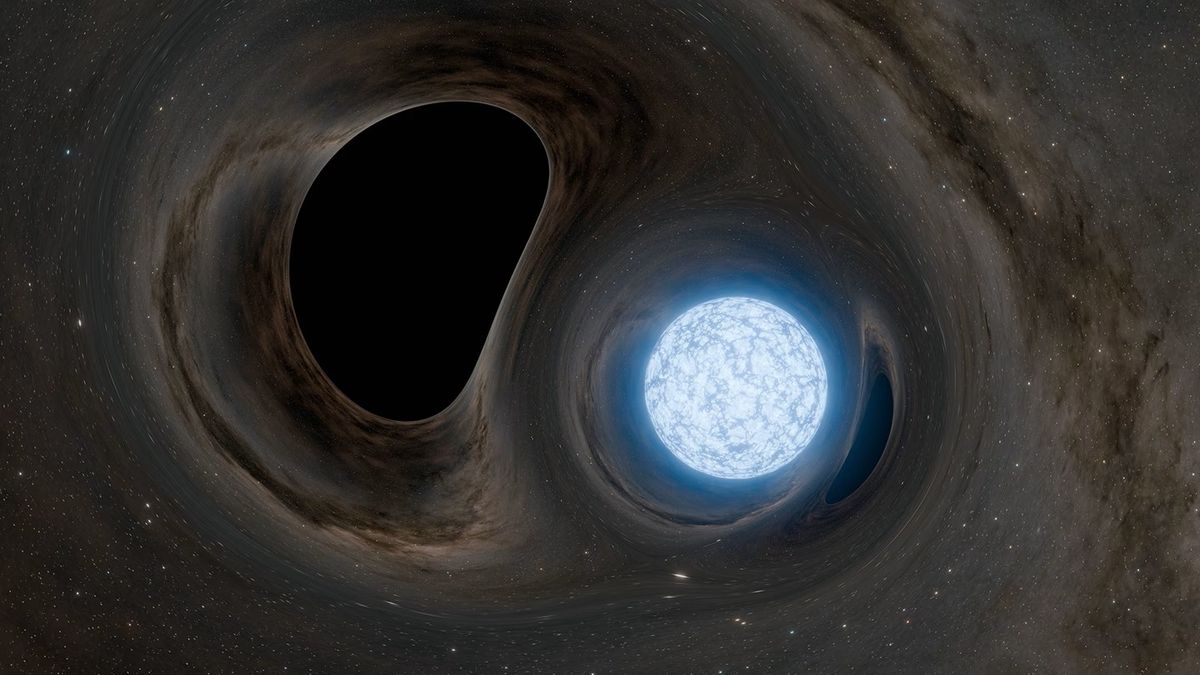
Fast Summary
- Scientists at Caltech used advanced computer simulations to study the final moments of a neutron star being consumed by a black hole.
- The simulation shows the surface of the neutron star cracking and generating powerful shock waves similar to an earthquake before it vanishes.
- These events produce strong magnetic fields, Alfvén waves, and bursts of radio signals called fast radio bursts (FRBs), which may be detectable from Earth using telescopes.
- Researchers predict “monster shock waves” could create two distinct detectable bursts during such collisions.
- Simulations also indicate possible formation of black hole pulsars-a brief state where black holes resemble spinning neutron stars emitting radiation beams-lasting mere fractions of a second with signatures like X-rays or gamma rays.
- Breakthrough achieved using cutting-edge GPUs on supercomputers like Perlmutter at Lawrence Berkeley National Laboratory.
Published research appears in The Astrophysical Journal Letters.
!Cracked Neutron Star Orbiting Black Hole
Artist’s concept: cracked neutron star affected by gravitational forces. Image credit: Caltech/R. Hurt (IPAC)
Indian Opinion Analysis
This research marks notable progress in understanding extreme cosmic phenomena like black hole-star collisions, leveraging high-powered simulation tools unavailable previously. While seemingly distant from immediate practical applications for India, its impact on global astronomy has relevance for India’s growing ambitions in space exploration and astrophysics research. Such innovations strengthen collaborative prospects between Indian institutions (e.g.,ISRO) and international agencies leveraging advancements in computational astrophysics.
predictions about FRBs or hypothetical pulsars can enhance India’s capabilities to develop more sensitive detection systems or expand observational infrastructure-such as radio astronomy networks bolstered by facilities like Giant Metrewave Radio Telescope (GMRT). As science increasingly intertwines with computational power, partnerships focusing on supercomputing resources could become strategic for maintaining momentum in space exploration breakthroughs.
This study underlines how investments in fundamental sciences drive broader innovation capacities-a lesson vital for shaping India’s long-term scientific priorities amidst global competition.


